Art, AI and figuring the future
On the coming of computer-generated creativity
Featured in
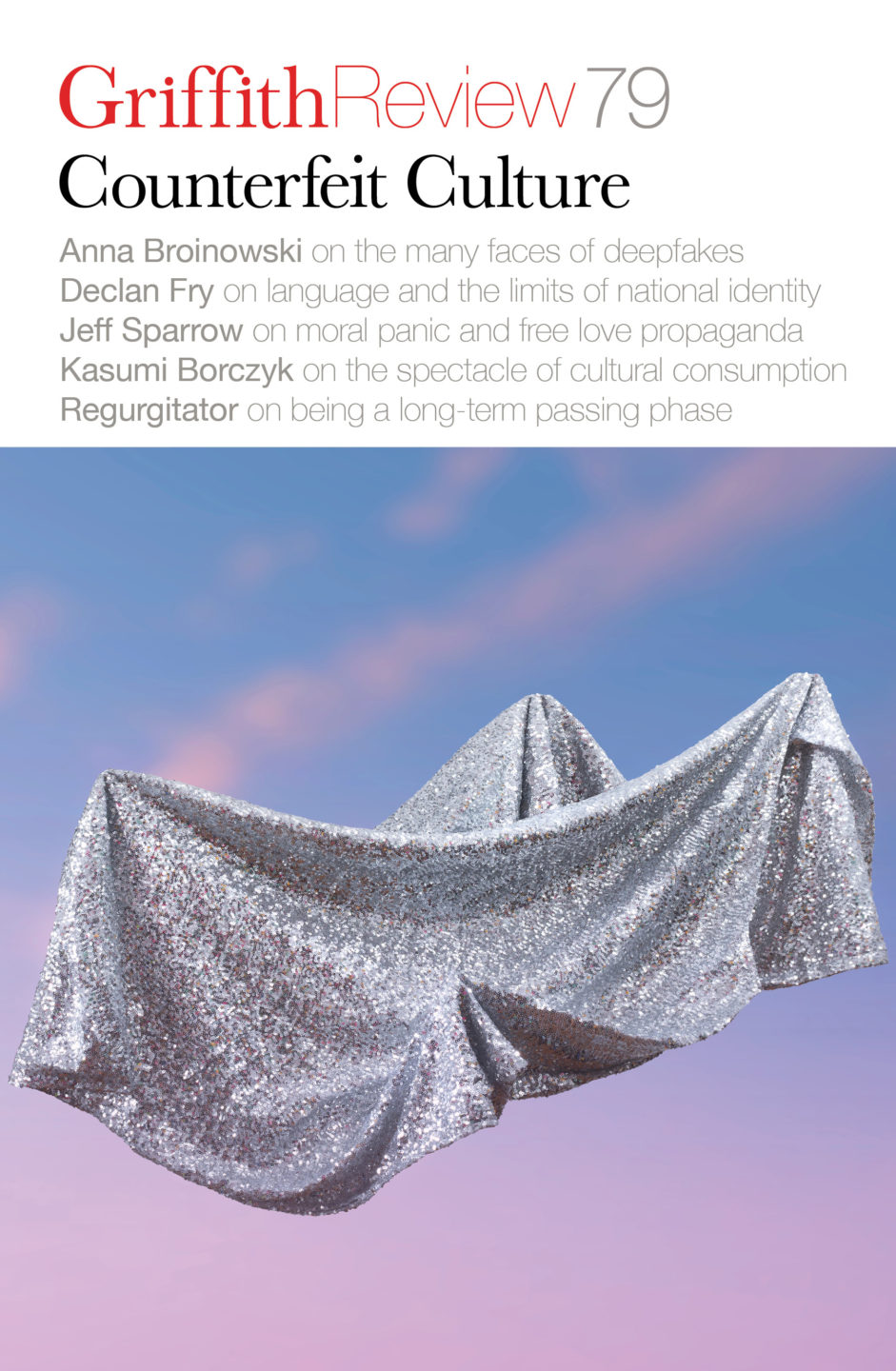
- Published 20230207
- ISBN: 978-1-922212-80-1
- Extent: 264pp
- Paperback (234 x 153mm), eBook


Already a subscriber? Sign in here
If you are an educator or student wishing to access content for study purposes please contact us at griffithreview@griffith.edu.au
Share article
About the author
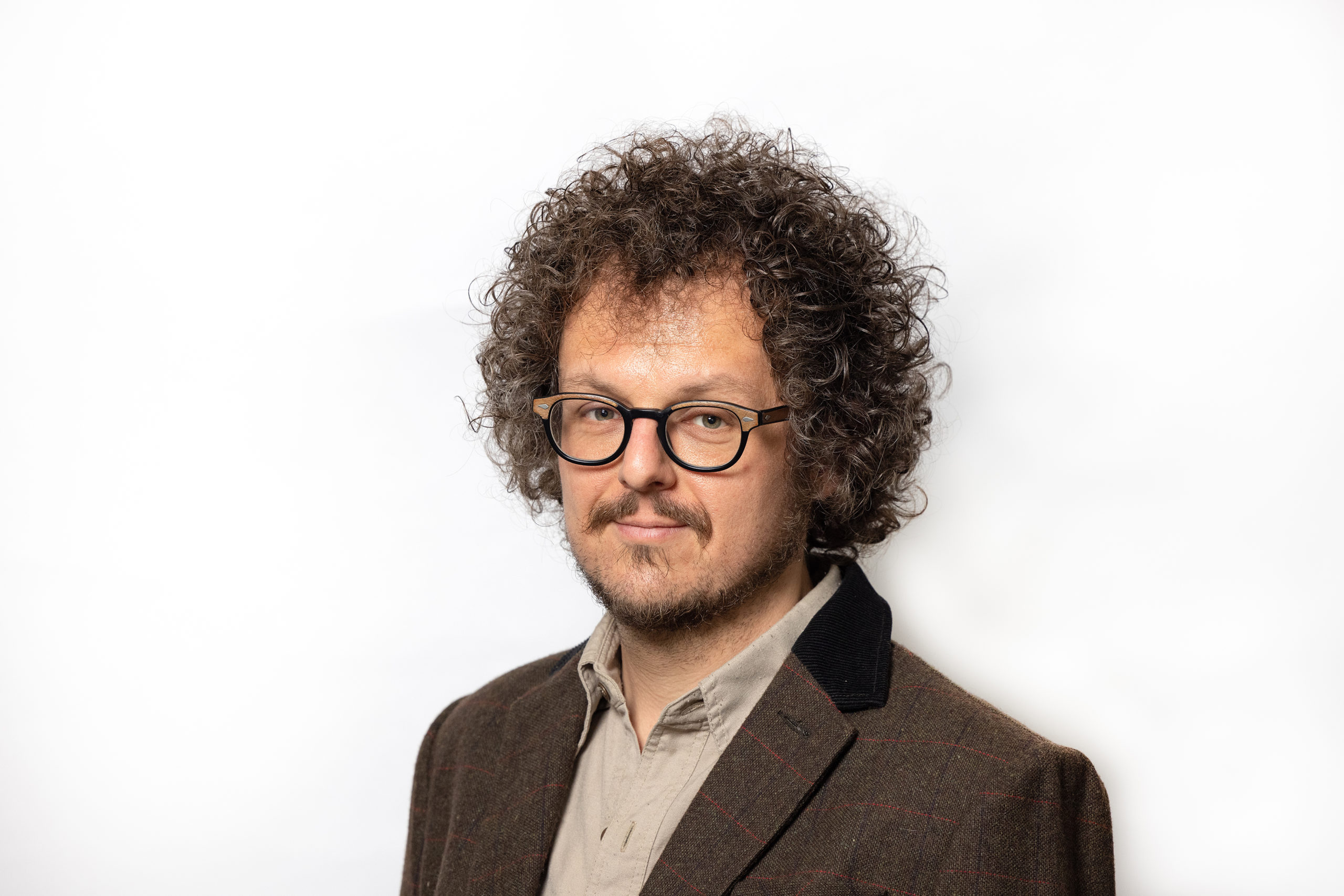
Luke Buckmaster
Luke Buckmaster is the film critic for The Guardian Australia and a contributor to publications including Flicks.com.au and NME. He is the author of...
More from this edition
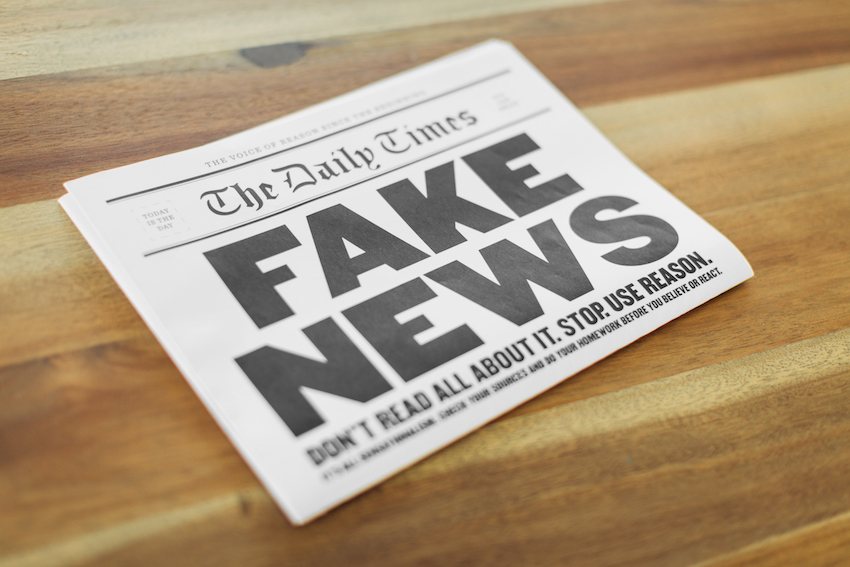
From Russia with love
Non-fictionThe 'socialisation of women' narrative arose from journalistic innovations associated with the First World War. In response to an unprecedented demand for up-to-date news, the Australian press had embarked on rapid technological change. Editors installed steam- and rotary-powered printing machines, established distribution fleets of automobiles and trucks, and hooked up their newsrooms to telephone lines.
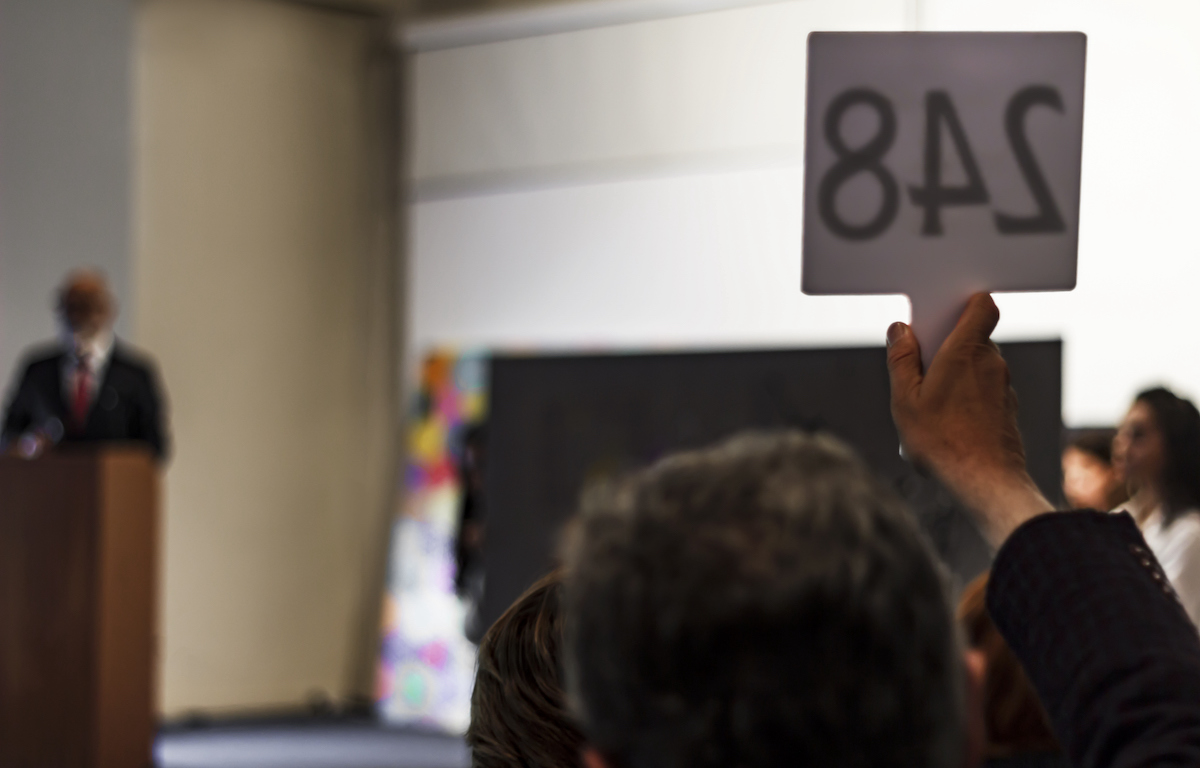
The future of art fraud
Non-fictionOver lunch with the international art auctioneer, I told him the art dealer – a mutual acquaintance – said she would ‘support’ my work at auction. She explained that if an artwork didn’t receive enough bids during an auction, she would bid to buy it for a higher amount. Then there would be a public record of my work being sold for the value assigned by her, which she would show people when reselling it privately.
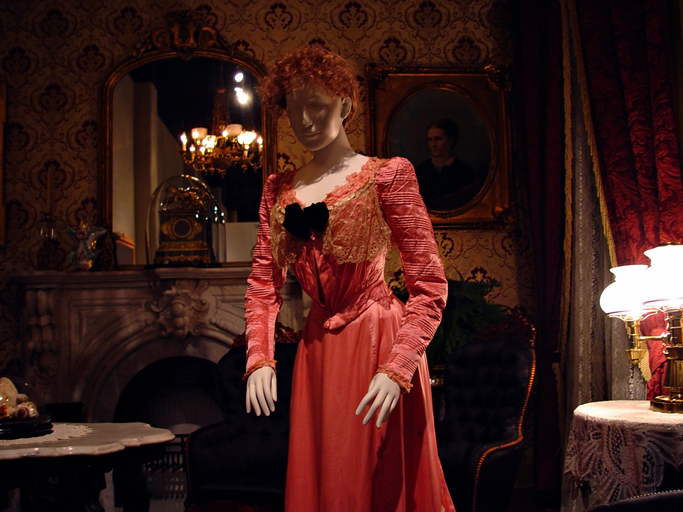
Wax
FictionI touch the wax of their pickaxes, then run my hand along the wax rock of the walls. One man squats a few metres away from the others, holding a pan. As I move towards him, I notice a label with descriptive text about Victoria’s gold rush, a reminder of the foundational gruesomeness of the enterprise – the colonial history of world’s fairs, or zoos, here insisting on itself in a minor carnival of the macabre.